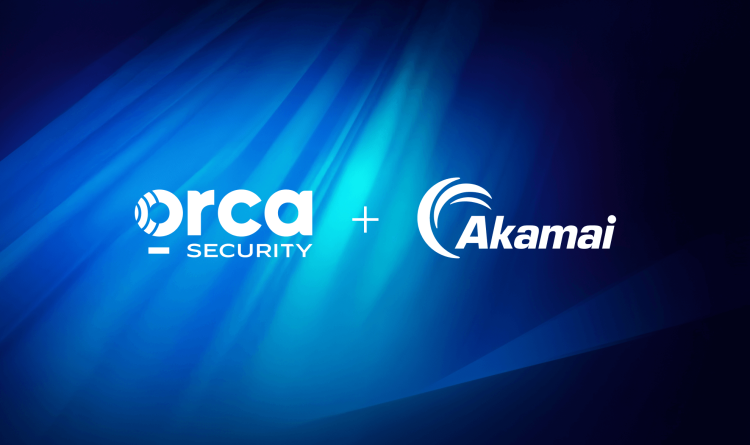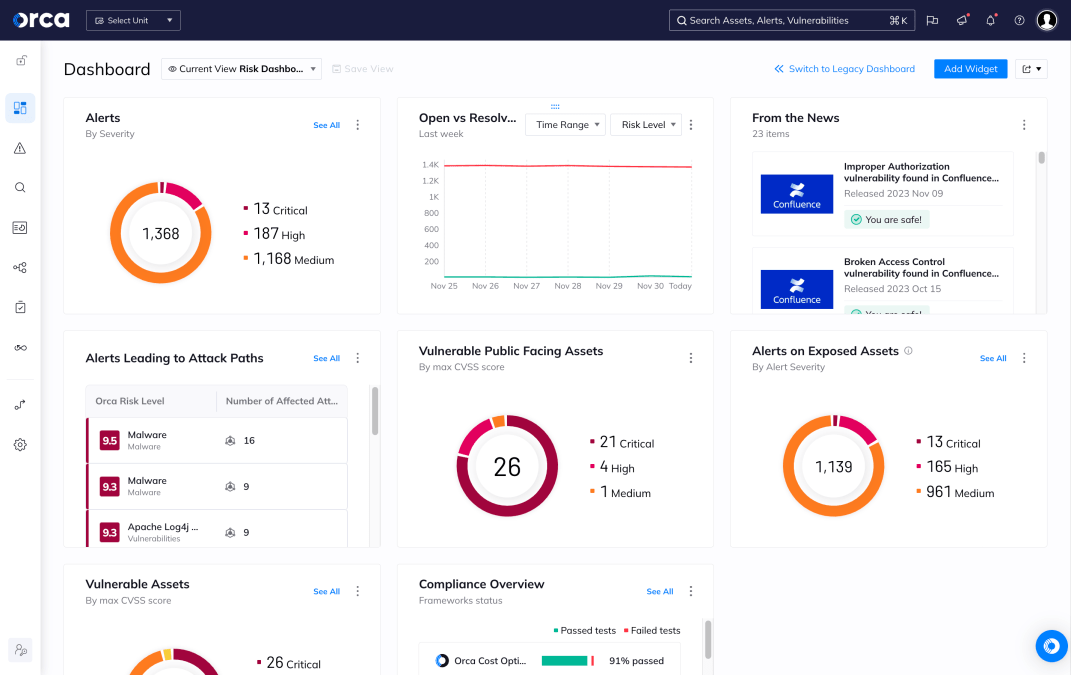Vulnerability scanning is the automated process of identifying security weaknesses, misconfigurations, and known vulnerabilities in systems, applications, and cloud environments. It is a foundational component of vulnerability management and is used to uncover issues that attackers could exploit to compromise assets, data, or services.
Vulnerability scanning is widely adopted across IT and security teams as a scalable, repeatable method for maintaining visibility into an organization’s security posture.
What is vulnerability scanning?
Vulnerability scanning uses specialized tools to inspect systems—such as virtual machines, containers, network devices, applications, and cloud infrastructure—for known security issues. These tools reference vulnerability databases, like the Common Vulnerabilities and Exposures (CVE) list, to match software versions and configurations against published weaknesses.
There are two main types of scans:
- Authenticated scans: Use credentials to gain deeper access into systems and identify vulnerabilities not visible from the outside
- Unauthenticated scans: Mimic external attackers by probing systems without internal access
Scans can also be performed at different layers:
- Network scanning: Identifies open ports, outdated services, and exposed interfaces
- Application scanning: Finds flaws like SQL injection, cross-site scripting (XSS), or insecure headers
- Container image scanning: Detects vulnerabilities in OS packages and third-party libraries
- Cloud infrastructure scanning: Evaluates misconfigurations in storage, compute, IAM policies, and APIs
Why vulnerability scanning matters
Regular vulnerability scanning helps organizations:
- Reduce risk: Uncover exploitable weaknesses before attackers do
- Maintain compliance: Meet requirements from frameworks like PCI-DSS, HIPAA, NIST, and ISO 27001
- Prioritize remediation: Focus resources on critical or exposed issues
- Support continuous monitoring: Detect newly introduced risks during updates or deployments
- Enhance visibility: Gain a consistent view of security posture across assets
Without regular scanning, security blind spots may persist—leaving systems vulnerable to attack.
Vulnerability scanning in cloud environments
In cloud-native and hybrid environments, vulnerability scanning must account for:
- Ephemeral workloads: Containers, serverless functions, and auto-scaling instances that spin up and down rapidly
- Distributed systems: Applications and services running across multiple cloud accounts and regions
- Configuration drift: Changes introduced outside of formal pipelines that may create vulnerabilities
- Identity and access management (IAM): Over-permissioned roles and misconfigured policies
Cloud-native vulnerability scanning integrates with CI/CD pipelines, container registries, infrastructure as code (IaC), and runtime environments to catch issues wherever they emerge.
Vulnerability scanning vs. penetration testing
While both aim to identify security weaknesses, they differ in scope and methodology:
- Vulnerability scanning is automated, broad, and repeatable. It identifies known issues based on signatures and databases.
- Penetration testing is manual or semi-automated, simulating real-world attacks to uncover complex or unknown vulnerabilities.
Vulnerability scanning is typically performed more frequently (e.g., daily, weekly, or per build), while pen testing occurs quarterly or annually.
Best practices for effective scanning
To maximize the value of vulnerability scanning:
- Perform scans regularly: Schedule scans to run at frequent intervals or on code changes
- Integrate with CI/CD: Scan during build or deploy phases to catch issues early
- Use both authenticated and unauthenticated scans: Balance depth with external visibility
- Customize scan policies: Tailor rules for different environments and risk profiles
- Correlate with context: Use reachability, asset value, and exposure to prioritize findings
- Track remediation progress: Monitor vulnerability aging and SLA adherence
A mature program aligns scanning with business priorities, compliance needs, and development velocity.
How Orca Security helps
The Orca Cloud Security Platform performs continuous, agentless-first vulnerability scanning across the cloud environments of AWS, Azure, Google Cloud, Oracle Cloud, Alibaba Cloud, and Kubernetes.
With Orca, organizations can:
- Detect vulnerabilities across cloud assets and code artifacts
- Prioritize detected vulnerabilities using more than 20 vulnerability data sources as well as findings from Agentless and Dynamic Reachability Analysis
- Surface attack paths that connect vulnerabilities to crown jewel assets
- Remediate vulnerabilities fast and easily using AI-driven and assisted options
- Protect sensitive workloads with real-time runtime security
Orca provides full-stack visibility and intelligent prioritization so teams can remediate vulnerabilities faster and reduce the likelihood of exploitation.



